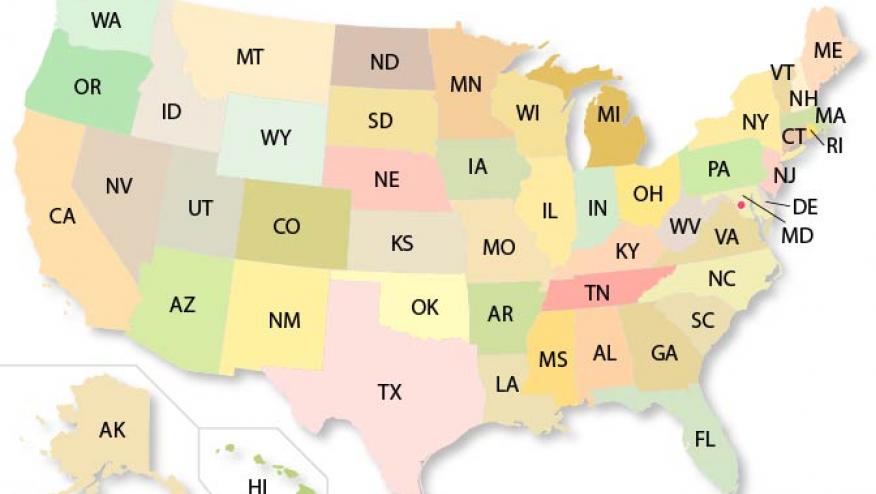Rheumatology Supply and Demand (2009 - 2024) Save

Key Takeaways
- The annual rate of unfilled training positions decreased while the annual match rate remained similar.
- The percentage of applicants that matched at their first-choice fellowship decreased while the percentage of applicants that matched at their ≥ fourth-choice fellowship increased.
- Rheumatology training in the US remains competitive as demonstrated by an annual surplus of applicants relative to available training positions.
- There remains an ability to increase the number of US rheumatologists by increasing the number of training positions
A retrospective review of US rheumatology manpower and training between 2009 and 2024 shows that US rheumatology training has become competitive, with an increasing surplus of applicants compared to available training positions, which have also increased over time.
A prior study predicted that by 2030, the demand for US rheumatologists would exceed supply by 4133 full-time equivalent providers.
This study looked at NRMP data between 2009 and 2024 that found ncreases in:
- Rheumatology programs: from 99 to 127 (28.3 % increase)
- Training positions: from 181 to 276 (52.5 % increase)
- Rheumatology fellowship applicants; from 243 to 359 (47.7 % increase)
- But during this period, the annual applicant-to-training position ratio did not change (1.3 to 1.3)
As expected the number of unfilled training positions decreased from 7.2 % to 1.1%, during this period, an the percent of applicants that matched their first-choice decreased from 49% to 33% and thse getting their ≥ fourth-choice fellowship increased from 5.8% to 18.1%, again suggesting rheumatology fellowships have become competitive.
Nevertheless, projected future shortages in the US rheumatology workforce, require ongoing surveillance and study of rheumatology education and manpower needs.
ADD THE FIRST COMMENT
Disclosures
The author has no conflicts of interest to disclose related to this subject










If you are a health practitioner, you may Login/Register to comment.
Due to the nature of these comment forums, only health practitioners are allowed to comment at this time.